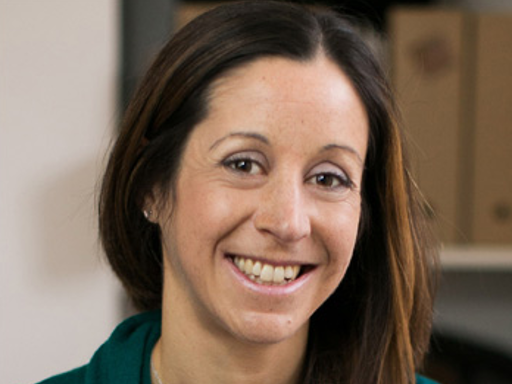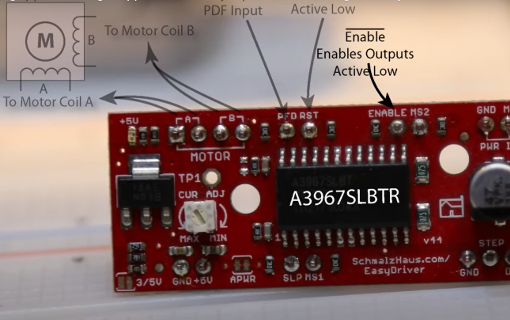
Shirley Coyle
Assistant Professor in the School of Electronic Engineering, and Programme Chair for DCU’s new programme BSc Global Challenges.
CONTACT INFO:
SUMMARY
- ► Assistant Professor in the School of Electronic Engineering
- ► Programme Chair for DCU’s New BSc Programme in Global Challenges.
ABOUT SHIRLEY
Shirley is an Assistant Professor in the School of Electronic Engineering, and Programme Chair for DCU’s new programme BSc Global Challenges. Shirley received her BEng in Electronic Engineering from DCU in 2000, and worked in Siemens Ireland Ltd and Siemens AG, Munich for two years as a Telecoms Engineer. In 2005 she graduated from NUI Maynooth with a PhD in Biomedical Engineering, developing the first optical-based brain-computer interface. From 2001 until 2008 she studied part-time at the Grafton Academy to receive a Diploma in Fashion Design, and also worked as a fashion design tutor there. From 2005 until 2015 she worked in the National Centre for Sensor Research in DCU developing wearable sensors and smart textiles. This included pioneering work in creating the first wearable chemical sensors. Shirley was a Research Fellow and Team Leader of Wearable sensors in the INSIGHT Centre for Data Analytics. During that time, she had the honour to serve on the Governing Authority from 2011 until 2015. Shirley continued postgraduate studies in Enterprise, Entrepreneurship and Innovation in UCD’s Innovation Academy in 2017, and she founded her own consultancy business in the area of wearable technologies from 2018 until 2019.
With combined expertise in Biomedical Engineering and Fashion Design, Shirley’s research interests include smart garments, wearable sensors and sustainable textiles. The applications of wearable technologies in connected healthcare and sports performance can have a positive impact on people’s health, fitness, athletic ability and quality of life. Working across disciplines she is also interested in promoting S.T.E.A.M, integrating Art and Design with the traditional Science, Technology, Engineering and Maths (STEM) subjects. Wearable Sensors allow a person’s physiology to be measured in a natural setting over long periods of time. This is important for assessing their personal health - which is important for management of chronic disease, early diagnosis, prevention of illness and rehabilitation after injury or illness. Wearable sensors are also important for sports and exercise, to help people achieve their fitness goals and to develop the best training stategies for athletes.
RESEARCH INTERESTS

Privacy and Security
Firewalls, intrusion detection, …

Sensing and Actuation
IoT interacting with the physical …

Sustainability
IoT applications with and for …
Selected Publications
• S. Coyle and D. Diamond, "Medical applications of smart textiles", in Advances in smart medical textiles, pp. 215-237, Woodhead Publishing, 2016.• A. Azouz, A. Issa, P. Knief, T. Kane, S. Coyle, R. Costello, K. McGuigan and D. Diamond, "Evaluation of use of wearable sensor garment in home screening for sleep apnea events", 2018 international conference on promising electronic technologies (ICPET), 2018.
• G. Matzeu, C. Fay, A. Vaillant, S. Coyle and D. Diamond, "A wearable device for monitoring sweat rates via image analysis", IEEE Transactions on Biomedical Engineering, vol. 63, pp. 1672-1680, no. 8, 2015.
• E. Marešová, D. Tomeček, P. Fitl, J. Vlček, M. Novotnỳ, L. Fišer, Š. Havlová, P. Hozák, A. Tudor, T. Glennon, L. Florea, S. Coyle, D. Diamond, Z. Skaličan, M. Hoskovcová and M. Vrňataa, "Textile chemiresistors with sensitive layers based on polymer ionic liquids: Applicability for detection of toxic gases and chemical warfare agents", Sensors and Actuators B: Chemical, vol. 266, pp. 830-840, 2018.
• A. Nyabadza, M. Vázquez, S. Coyle, B. Fitzpatrick and D. Brabazon, "Review of materials and fabrication methods for flexible nano and micro-scale physical and chemical property sensors", Applied Sciences, vol. 11, pp. 8563, no. 18, 2021.
 Publications
Publications